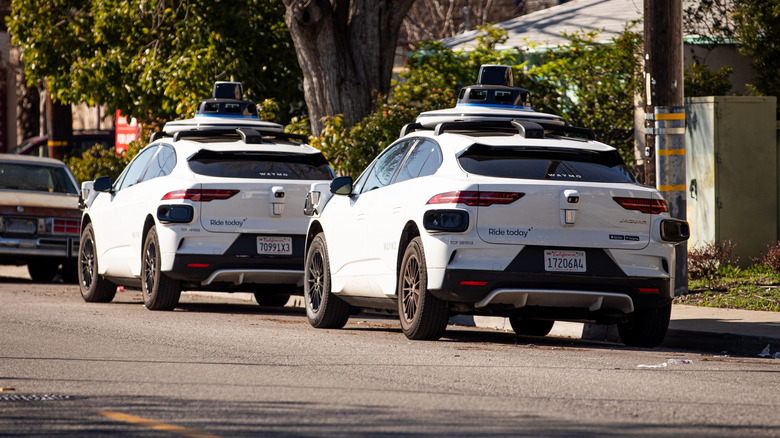
The prospect of an entire robotaxi fleet racking up fares around the clock is mouth-watering for profit-driven investors. However, HSBC wants to temper expectations surrounding this fully automated fantasy like a cold shower. The three-trillion-dollar British bank estimated in a new report that it could take up to eight years for driverless taxi operators, like Waymo and Tesla, to break even on cash flow. HSBC analysts believe that these services overlook obvious costs such as cleaning, charging
and parking fleet vehicles.
Elon Musk has promised a robotaxi to Tesla's investors since 2016. Unlike the automaker's rollout in Austin, Texas last month, the service was initially envisioned as an autonomous rideshare where Tesla owners could add their vehicles to a fleet and receive a portion of the revenue in return. For Tesla, it would have been the Holy Grail of revenue streams where people would buy its cars and then rent the same vehicles back to the company to generate even more income. Musk claimed in 2017 that a robotaxi ride would be cheaper than taking the bus. It wasn't! Instead, Tesla is operating a dedicated fleet of Model Ys.
Read more: Save Your Engine: 5 Tips For Preventing And Cleaning Carbon Buildup
Projections Forgot That Human Drivers Cover Significant Costs

The HSBC report pointed out that the profitability of driverless taxi services was based on a misconception, according to Business Insider. Predictions overly emphasized the elimination of human drivers without recognizing the financial burden carried by those contractors. Rideshare services, such as Lyft and Uber, fought fiercely to prevent being required to treat their drivers as employees. The companies' case made it all the way to the California Supreme Court, where it was ruled in their favor. Besides the low wages and lack of benefits, the services saved money by not having to provide vehicles to their drivers. Waymo and Tesla need to pay for the upkeep, storage and remote operation of vehicles in their driverless taxi fleets.
As it stands, there appears to be a clear divide between first and second in the race to capitalize on driverless taxis. Waymo is currently testing its vehicles in Philadelphia and New York City, hinting at a potential Northeastern expansion. Tesla's Robotaxi rollout has been a mess. The service is currently invite-only, and quickly Tesla-operated vehicles have been involved a several incidents. The National Highway Traffic Safety Administration announced that Tesla was under investigation after only the first day of Robotaxi revenue service for violating traffic laws. Despite the issues, Musk is determined to expand to San Francisco. This won't end well.
Want more like this? Join the Jalopnik newsletter to get the latest auto news sent straight to your inbox...
Read the original article on Jalopnik.












